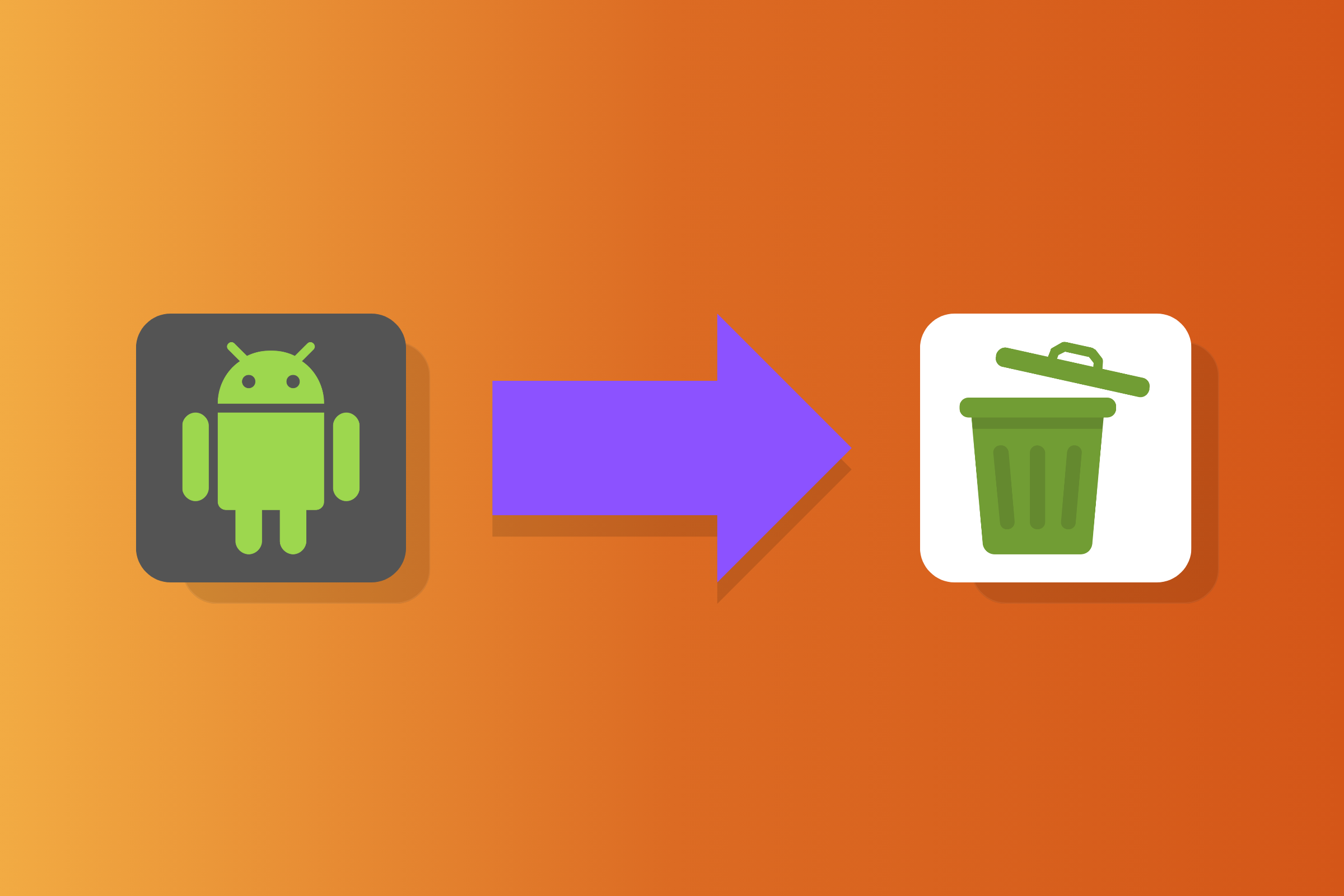Say Goodbye to Unused Apps: A Step-by-Step Guide on How to Delete Apps
In the introduction, you want to engage your readers and explain why managing apps on their devices is essential. You can mention that as we download and install various apps over time, our devices can become cluttered and slow.
Deleting unused apps can help free up valuable storage space, improve device performance, and make it easier to find the apps you use regularly.
1. Assessing Your App Usage:
This section focuses on the importance of evaluating your app usage. Encourage readers to take a moment to think about which apps they frequently use and which ones have been neglected. You can suggest that they look for apps they haven't opened in a long time or those that no longer serve a purpose.
Additionally, mention that some devices provide built-in features to help users identify which apps consume the most resources or are rarely used. These insights can guide users in their decision-making process when it comes to deleting apps.
2. Understanding Different Devices:
Since app deletion methods can vary across different devices and operating systems, it's essential to acknowledge these differences. Mention the major platforms like iOS, Android, and Windows, and briefly explain that the process of deleting apps might not be exactly the same for all devices.
For example, iOS users need to tap and hold an app icon until it jiggles, whereas Android users can long-press and drag the app to an uninstall bin. By acknowledging these variations, you set the stage for providing platform-specific instructions later in the blog post.
3. Deleting Apps on iOS:
In this section, provide a step-by-step guide on how to delete apps on iPhones and iPads. Start with a brief introduction on how to enter "jiggle mode" by tapping and holding an app icon until it starts to shake. Then, explain that an "X" button will appear on the top left corner of most apps.
Detail the process of tapping the "X" button to delete the app and confirm the action. If there are any additional steps or considerations, include them here. You can also offer visual aids like screenshots to make it easier for readers to follow along.
Consider including tips on organizing the home screen, creating folders, or using the "Offload Unused Apps" feature available on iOS devices to manage apps more efficiently.
4. Deleting Apps on Android:
Similar to the iOS section, provide a user-friendly walkthrough for removing apps from Android smartphones and tablets. Explain that long-pressing an app icon will trigger the uninstall option, which can be dragged to a bin or a "Remove" button depending on the device's interface.
Since Android comes in various versions and may have custom interfaces from different manufacturers, briefly mention any relevant variations in the process. Offer tips on managing apps on Android, such as grouping them into app drawers or utilizing the "App Info" section to clear data and cache.
5. Deleting Apps on Windows:
In this section, explain the app deletion process on Windows computers and laptops. Differentiate between traditional Win32 apps and Microsoft Store apps, as they might have distinct uninstallation methods.
For Win32 apps, you can instruct readers to use the "Add or Remove Programs" feature in the Control Panel or the "Apps & features" settings in Windows 10 and above. For Microsoft Store apps, guide them on how to uninstall apps through the Start menu or the "Apps & features" settings.
Suggest the use of third-party uninstaller tools for users who want a more comprehensive app removal process that includes clearing leftover files and registry entries.
6. Clearing App Data and Cache:
Explain the importance of clearing app data and cache to free up additional space and optimize app performance. Provide instructions on how to do this on different devices and operating systems.
On iOS and Android, users can navigate to the "Settings" app, find the "Storage" or "Storage & cache" section, and select the specific app to clear its data and cache. On Windows, guide users on how to clear app data through the "Storage" settings or using built-in disk cleanup tools.
7. Troubleshooting Common Issues:
Address potential challenges readers might encounter while deleting apps and provide solutions. Common issues may include situations where the "Uninstall" button is grayed out or when apps won't delete due to error messages.
Offer tips such as checking for device administrator permissions, ensuring that the app is not running in the background, or trying the deletion process in safe mode to troubleshoot stubborn apps.
8. Best Practices for App Management:
Summarize the main points discussed in the blog post and reiterate the importance of periodically reviewing app usage. Encourage readers to delete unnecessary apps regularly to maintain a clutter-free and efficient device.
Remind readers that app management can be a simple and rewarding process that helps them get the most out of their devices. Suggest setting a reminder to review apps every few months or after major updates to keep devices running smoothly.
Conclusion:
End the blog post on a positive note, emphasizing the benefits of app deletion. Remind readers that by removing unused apps, they can create a more organized, streamlined, and enjoyable digital experience. Encourage them to provide feedback or ask questions in the comments section to foster engagement and interaction with your blog.

Comments
Post a Comment